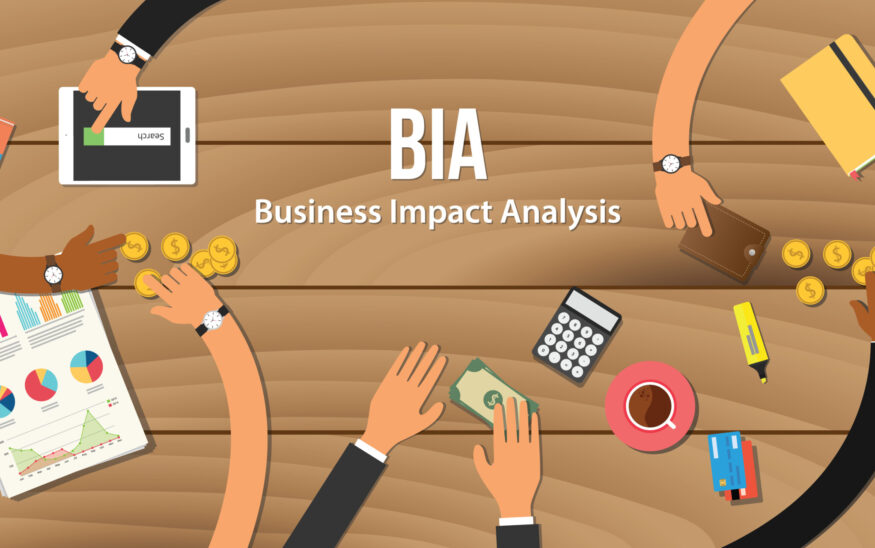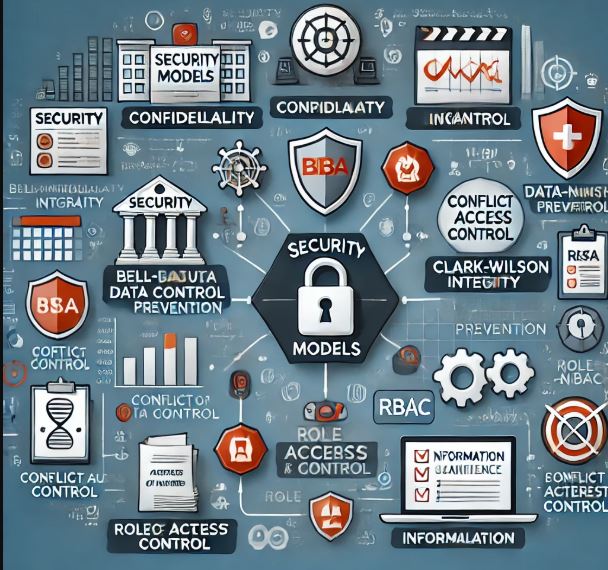Let’s apply the Business Impact Analysis (BIA) process to a financial company while aligning it with CISSP principles. A financial institution, such as a bank or investment firm, is highly dependent on secure and continuous operations due to the sensitive nature of financial transactions, regulatory requirements, and customer trust.
Business Impact Analysis (BIA) for a Financial Company (CISSP-Aligned)
1. Identify Critical Functions and Resources
The first step is to identify the mission-critical business functions and the associated resources that support them.
Critical Business Functions:
- Online Banking System – Customers rely on 24/7 access to their accounts.
- Payment Processing (Credit/Debit Transactions, Wire Transfers, ACH) – Must process transactions in real time.
- Trading & Investment Platform – Delays or outages can cause financial losses.
- Customer Support & Call Centers – Required for fraud prevention and transaction disputes.
- Compliance & Regulatory Reporting – Failure to report could lead to legal penalties.
Key Dependencies:
- IT Infrastructure (Servers, Databases, Cloud Services)
- Cybersecurity Tools (Firewalls, SIEM, IDS/IPS, DLP)
- Third-Party Payment Gateways & Clearinghouses
- Financial Data Feeds (Stock Market, Exchange Rates)
- Regulatory Bodies (SEC, FINRA, GDPR, PCI DSS Compliance)
2. Assess Impact of Disruptions
A Business Impact Analysis must evaluate the effects of disruptions on these critical functions. The financial company determines:
Key Metrics:
- Recovery Time Objective (RTO): How long a function can be down before severe damage occurs.
- Recovery Point Objective (RPO): Maximum data loss tolerance in case of a failure.
- Maximum Tolerable Downtime (MTD): The longest period an outage can last before the business is unsustainable.
| Business Function | Impact of Disruption | RTO | RPO | MTD |
| Online Banking System | Customer dissatisfaction, reputational damage, potential regulatory fines | 1 hour | 5 minutes | 4 hours |
| Payment Processing | Failed transactions, financial losses, regulatory non-compliance | 15 minutes | 1 minute | 1 hour |
| Trading Platform | Customer loss, lawsuits, regulatory penalties | 30 minutes | 5 minutes | 2 hours |
| Compliance Reporting | Legal consequences, heavy fines | 8 hours | 30 minutes | 24 hours |
| Customer Support | Customer trust issues, fraud escalation | 2 hours | 30 minutes | 6 hours |
3. Identify and Analyze Threats & Risks
Now, we analyze potential risks to the confidentiality, integrity, and availability (CIA Triad) of financial operations.
Threats:
- Cybersecurity Attacks – DDoS, ransomware, insider threats.
- System Failures – Database corruption, software bugs.
- Third-Party Risks – Vendor outages affecting payment processing.
- Natural Disasters – Data center damage due to earthquakes, floods.
- Regulatory Non-Compliance – GDPR, PCI DSS, SOX violations.
Risk Analysis Example:
- Threat: Ransomware attack encrypts the bank’s transaction database.
- Impact: Customers cannot access funds, major reputational damage.
- Mitigation: Encrypted backups, multi-layered security, endpoint protection.
4. Develop Recovery Strategies
The company must implement strategies to minimize downtime and recover quickly.
| Business Function | Recovery Strategy |
| Online Banking System | Active-Active Redundancy across multiple data centers |
| Payment Processing | Load Balancing & Failover Systems |
| Trading Platform | Real-time Replication & Disaster Recovery Site |
| Compliance Reporting | Automated Cloud Backup & Legal Audits |
| Customer Support | Remote Work Capabilities & Cloud-Based Call Centers |
5. Document Findings and Communicate with Stakeholders
A formal BIA Report is created and shared with executives, IT teams, and compliance officers. The report includes:
- Risk Analysis Results
- Financial and Operational Impact Assessment
- Recommended Mitigation Strategies
- Testing & Training Plans
6. Test, Review, and Update the BIA Regularly
Since threats evolve, the BIA must be continuously tested and updated.
Testing Methods:
- Tabletop Exercises – Simulated cyberattack on banking infrastructure.
- Disaster Recovery Drills – Failover tests for online banking.
- Incident Response Simulations – Ransomware response readiness.
Conclusion
For a financial company, Business Impact Analysis (BIA) ensures that disruptions are minimized, regulatory compliance is maintained, and customer trust is protected. This CISSP-aligned approach provides a structured way to assess risks and implement security controls.
Would you like a detailed BIA template for a financial institution? 🚀





